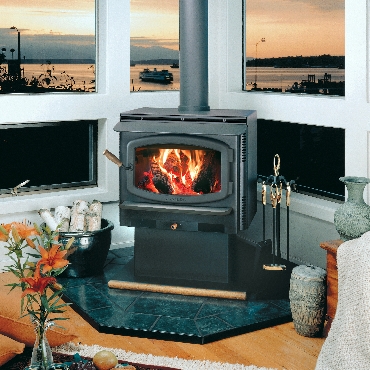As winter approaches, ensuring your freestanding stove is clean and in good working order is essential for safe and efficient heating. Regular maintenance not only improves performance but also helps prevent hazards such as chimney fires or carbon monoxide leaks. Taking time to clean and inspect your stove before the cold months begin can give you peace of mind throughout the season.
Thoroughly Clean the Stove Interior
Start by removing ashes and soot buildup from the firebox and stove pipe. Use a metal ash bucket to safely dispose of ashes, and a brush or vacuum designed for stove cleaning to clear creosote and debris. A clean interior improves airflow and burning efficiency.
Check the Stove Door and Seals
Inspect the door gasket and seals for wear or damage. A worn gasket can cause heat loss and allow smoke to escape. Replace any cracked or hardened seals to maintain a tight, secure fit and ensure proper stove operation.
Examine the Chimney and Flue
A crucial step is inspecting the chimney and flue for blockages, creosote buildup, or cracks. Creosote is highly flammable, so a professional chimney sweep is recommended if buildup is significant. Clear flues reduce fire risk and improve ventilation.
Test Safety Features
Check your stove’s damper, air controls, and any safety devices to ensure they work smoothly. Proper function of these components helps control the fire and maintain safe temperatures.
Regular pre-winter maintenance for your freestanding stove isn’t just a safety measure—it’s a smart way to extend the life of your heating system and avoid mid-season surprises. By cleaning out debris, checking seals, inspecting the chimney, and testing safety controls, you set yourself up for a warm, efficient, and worry-free winter.

